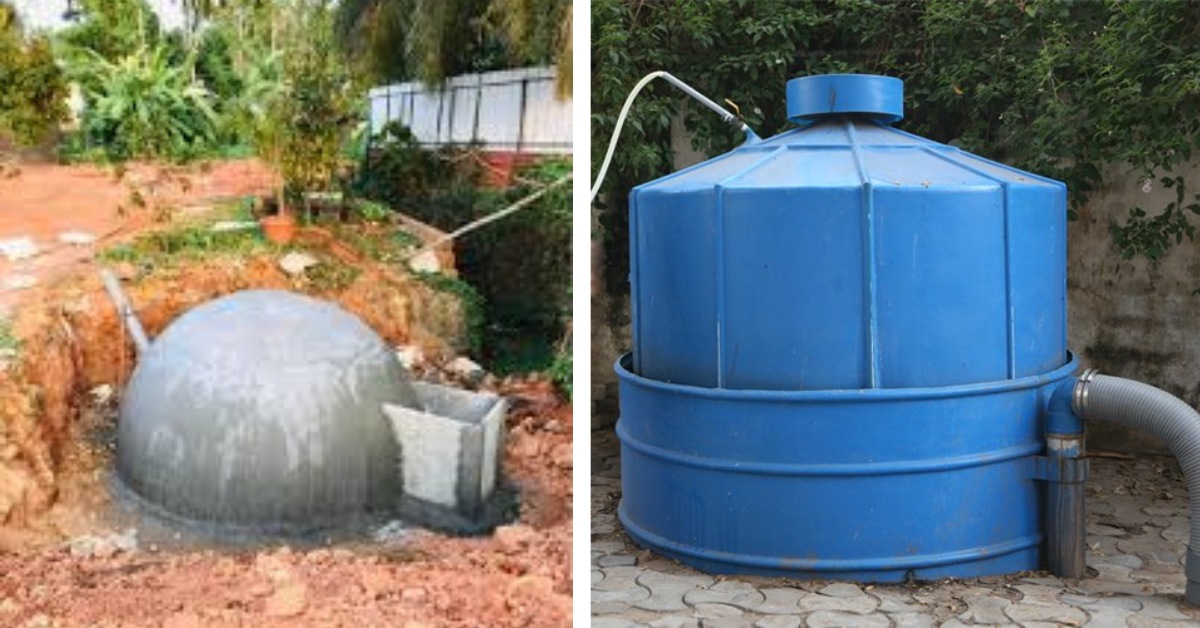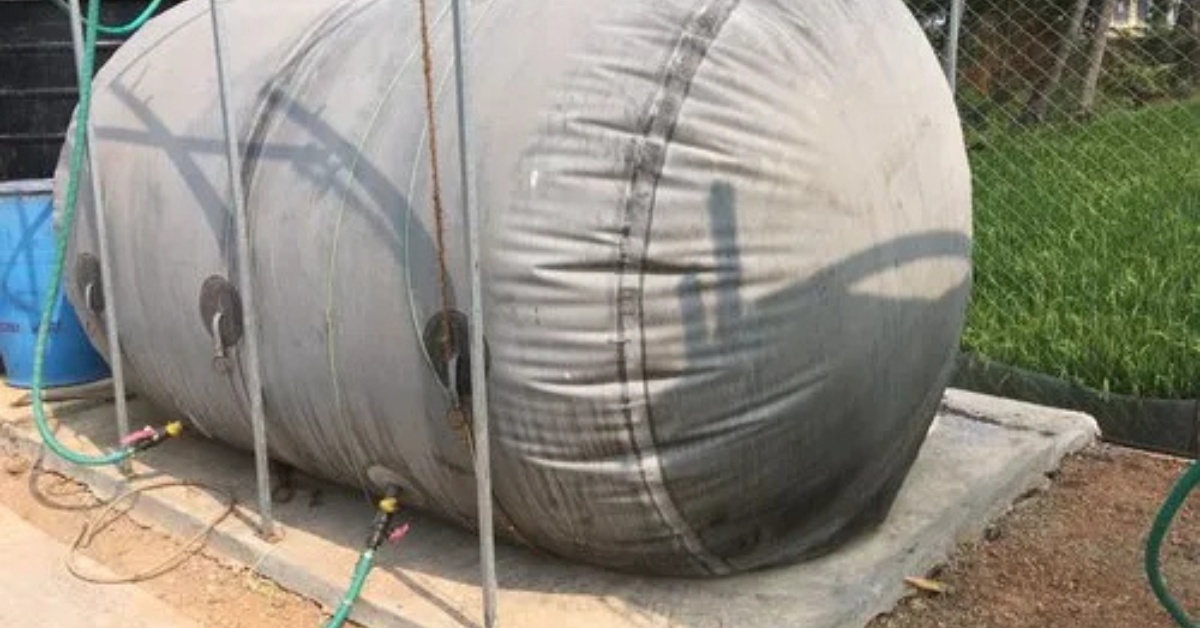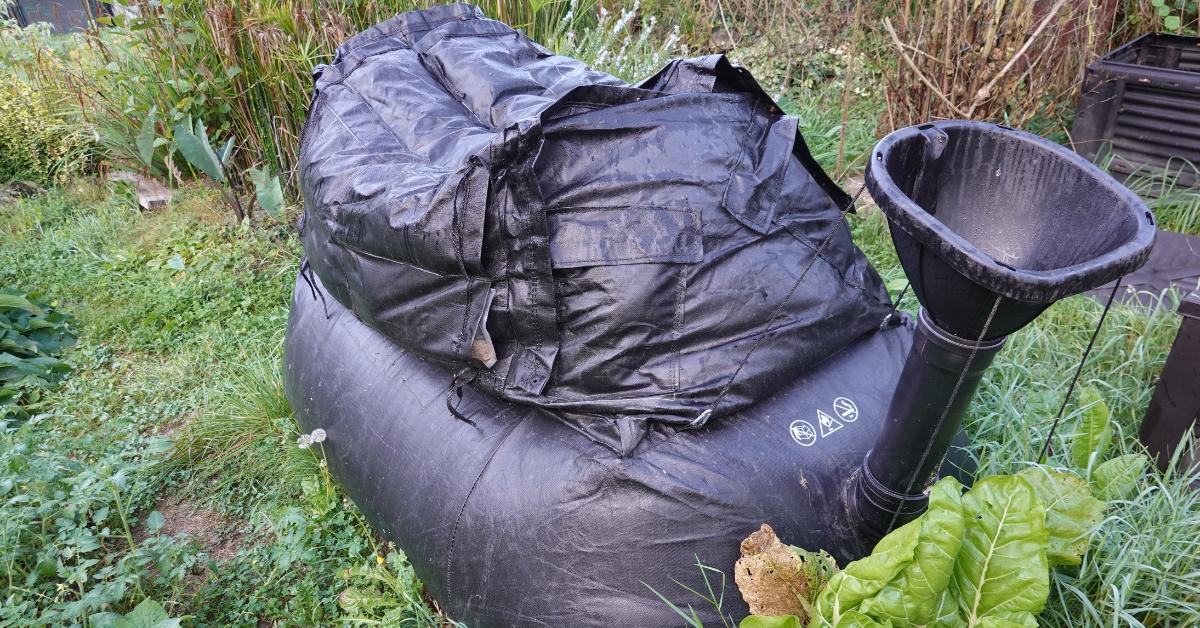A Smart Way To Beat LPG Price Hikes: Build Your Own Biogas Plant With This Step-By-Step Guide
If you’ve been looking for a way to cut down on your cooking gas bill, reduce your kitchen waste, and adopt a more eco-conscious lifestyle, setting up a biogas plant at home could be a game-changer.
When Union Petroleum Minister Hardeep Singh Puri recently announced a Rs 50 hike in LPG cylinder prices, it was a reminder of how vulnerable household budgets can be to fuel costs. But what if your everyday food scraps could help power your stove?
Biogas is a clean, renewable fuel created through the anaerobic digestion of organic waste. It not only offsets LPG use but also offers a sustainable way to manage kitchen waste — all from your own backyard.
What exactly is biogas?
Biogas is mainly a mix of methane (CH4) and carbon dioxide (CO2), produced when microorganisms break down organic matter in the absence of oxygen. This process also produces a nutrient-rich slurry known as digestate, which can be used as a natural fertiliser.
On a small scale, biogas is most commonly used for cooking. But depending on your setup, it can also power lights or generators.
Setting up a biogas plant at home
1: Choose the right type of biogas digester
Different homes need different solutions. Choose a digester that fits your space, budget, and effort level:
A. Fixed dome digester
- Underground chamber with a fixed gas space
- Long-lasting, low-maintenance
- Requires expert construction to ensure it’s leak-proof
 A fixed dome digester (on the left) is an underground chamber with fixed gas space, and a floating dome digester has a floating gas holder that moves with gas volume. Picture source: Indiamart
A fixed dome digester (on the left) is an underground chamber with fixed gas space, and a floating dome digester has a floating gas holder that moves with gas volume. Picture source: Indiamart
B. Floating drum digester
- A floating gas holder that moves with the gas volume
- Easy to monitor, moderate maintenance
- Suitable for DIY but needs occasional rust checks
C. Flexi-bag/plastic balloon digester
 A floating bag digester is ideal for beginners. Picture source: Indiamart
A floating bag digester is ideal for beginners. Picture source: Indiamart
- Made of PVC tarpaulin, portable and lightweight
- Ideal for beginners or rented homes
- Less durable over time
Lifespan: Fixed dome (15–20 years), Floating drum (eight to 10 years), Flexi-bag (three to five years)
2: Gather the materials
Here’s what you’ll need to construct a basic home-scale biogas unit (700–1000 litres capacity):
- Airtight Tank (or digester body)
- Inlet pipe (for organic slurry)
- Outlet pipe (for digestate)
- Stirring rod/mechanism
- Biogas collection pipes
- Safety valves
- Storage bag or drum for gas
- Optional: pressure gauge, thermometer, pH strip, desulphurisation filter
 Setting up a biogas plant helps you get rid of vegetable waste and produce energy at the same time. Picture source: Foodprint.com
Setting up a biogas plant helps you get rid of vegetable waste and produce energy at the same time. Picture source: Foodprint.com
3: Start collecting organic waste
What works:
- Fruit and vegetable peels
- Cooked food leftovers
- Dung (cow, pig, poultry)
- Garden clippings (shredded)
What to avoid:
- Oils and fats
- Citrus or spicy leftovers in large quantities
- Plastic, metals, or synthetic materials
Pro tip: Chop or shred your waste and mix it with water (1:1 ratio) to create a smooth slurry.
4: Build and install the digester
- Choose a shaded spot near your kitchen or garden.
- Place the digester tank on a level base.
- Seal all inlets, outlets, and joints to ensure anaerobic conditions.
- Add your slurry through the inlet pipe.
Let the tank sit for about seven to 15 days. This start-up period allows methanogenic bacteria to activate. You might see little to no gas in this phase — that’s normal.
5: Monitor the conditions
- Temperature: Optimal range is 30–40°C. In colder climates, use insulation or greenhouse placement.
- pH level: Should stay between 6.5 and 8.0. Add water if it’s too acidic.
- Moisture: Keep slurry moist but not watery.
Regular stirring (once every few days) ensures even digestion.
6: Capture and store the gas safely
- Use flexible biogas-safe tubing connected to a balloon or drum.
- Add filters (like iron filings or limewater) to remove hydrogen sulphide and moisture.
- Store in a ventilated area away from open flames.
Tip: Monitor gas volume and pressure. If the drum rises or balloon inflates — it’s working!
 The leftover slurry is packed with nutrients. Use it directly as liquid fertiliser or dry it and apply it to the soil for better texture and water retention.
The leftover slurry is packed with nutrients. Use it directly as liquid fertiliser or dry it and apply it to the soil for better texture and water retention.
7: Use the biogas
- Connect to a biogas-compatible burner or stove.
- Check pipes regularly for leaks using soapy water (bubbles indicate a leak).
- Ensure your kitchen is well-ventilated when in use.
Biogas can also power generators with modifications, but for home use, cooking is the most accessible application.
Bonus: Make use of the byproduct
The leftover slurry — called digestate — is packed with nutrients. Use it directly as liquid fertiliser or dry it and apply it to the soil for better texture and water retention.
Cost and output estimates
- Cost: A basic DIY flexi-bag setup may cost Rs 3,000 to Rs 5,000. Fixed dome models can cost Rs 10,000 or more, depending on scale.
- Output: One kg of kitchen waste produces approximately 0.5 m³ of biogas, which is equivalent to 0.42 kg of LPG.
Setting up a biogas plant isn’t just about saving money — it’s about reclaiming control over your energy and waste. With the right setup and a bit of care, you can turn yesterday’s scraps into tomorrow’s fuel.
If you’re looking for a clean energy solution that works with your everyday lifestyle, this might just be the place to start.
Edited by Khushi Arora
News